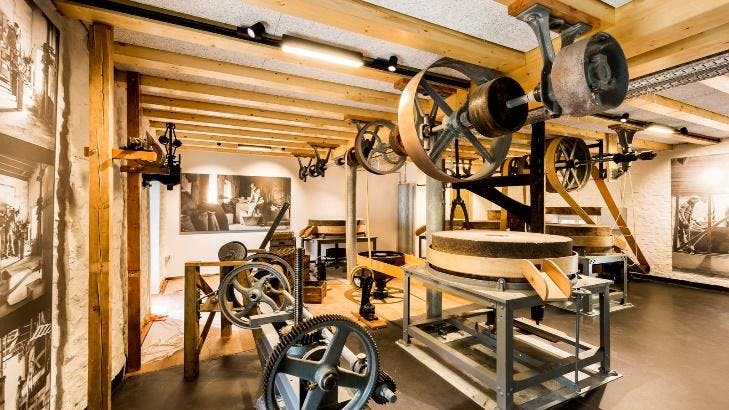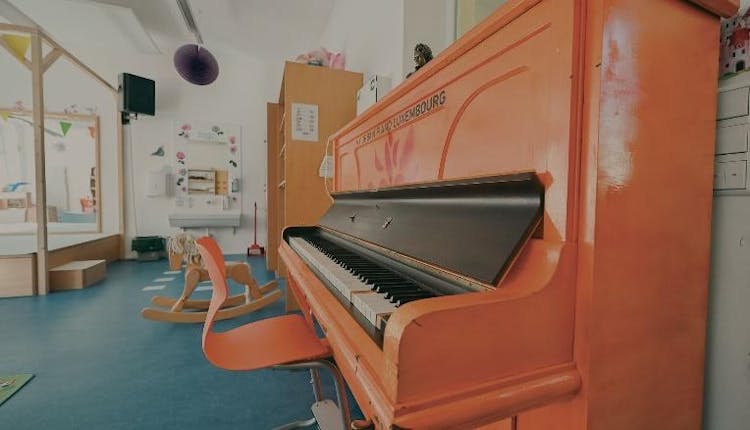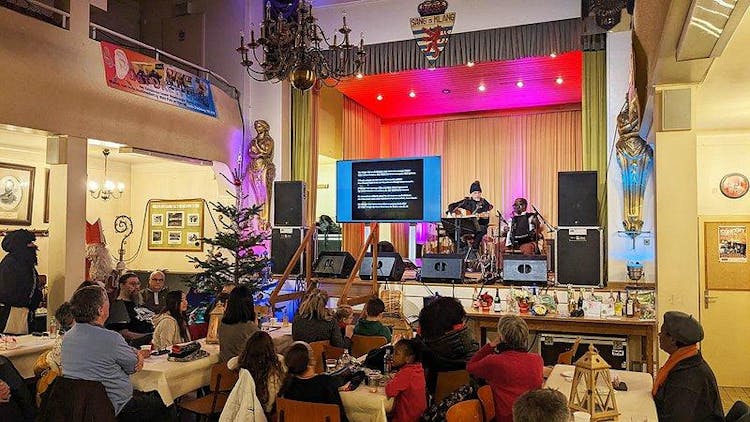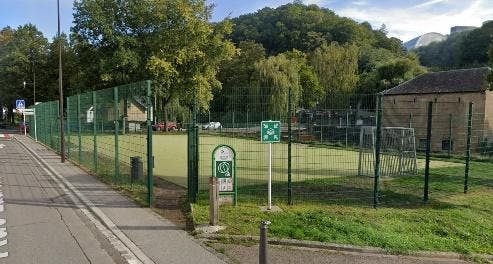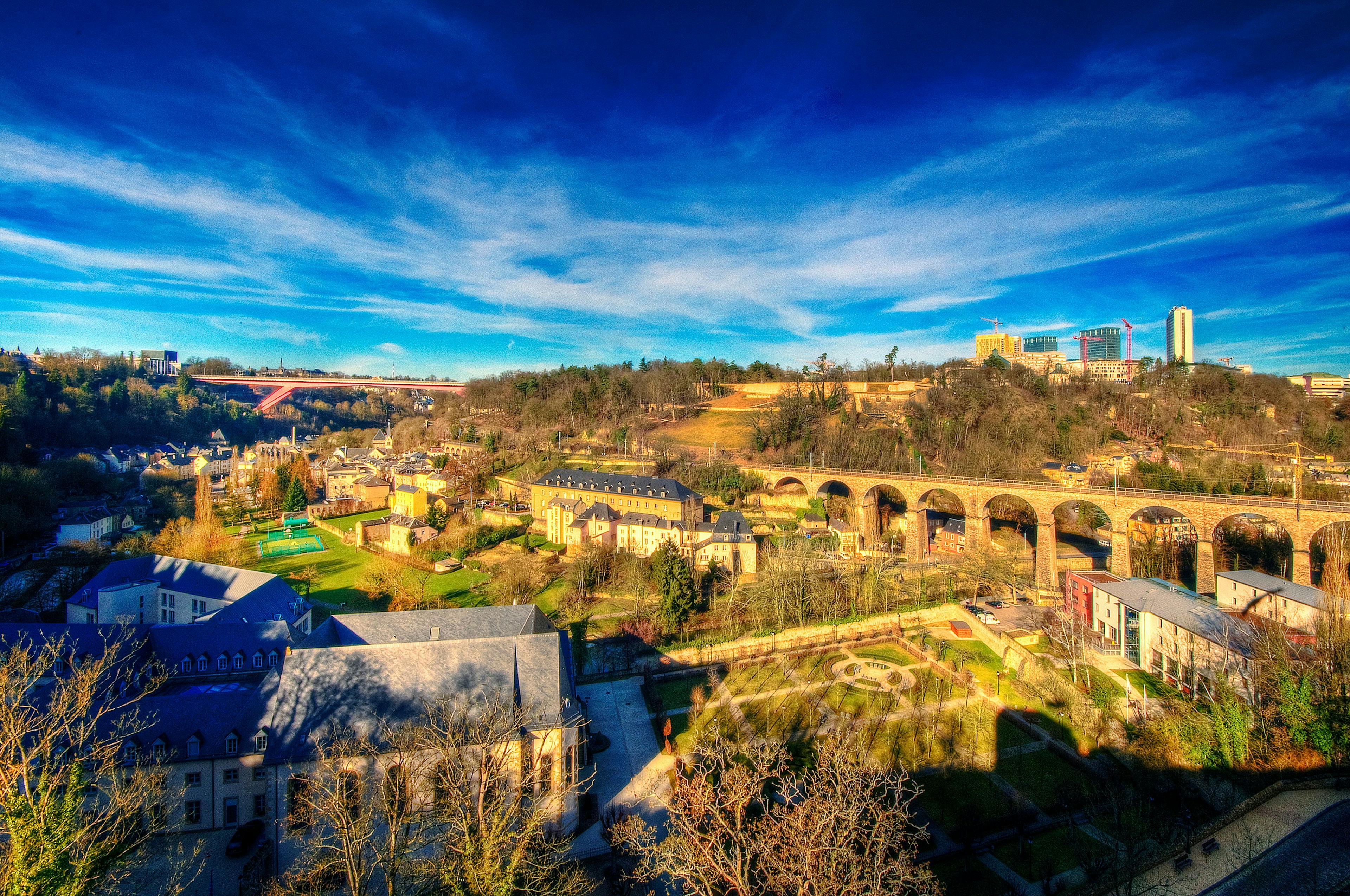
Pfaffenthal: one of the oldest neighborhoods of Luxembourg City
In this article, we will weight the pros and cons of residing in Pfaffenthal, its transportation, community's infrastructure including schools, cultural centers, and more
Nestled in the heart of Luxembourg's capital, Pfaffenthal stands as one of the city's oldest neighborhoods, its roots tracing back to Roman times alongside Grund and Clausen. Designated a UNESCO World Heritage site since 1994, Pfaffenthal sits gracefully in the Alzette Valley, stretching from Kirchberg to Limpertsberg, bordered by Weimerskirch and Eich to the north and Clausen and Grund to the south.
General characteristics of Pfaffenthal
Once a lesser-known and underappreciated district, Pfaffenthal has emerged from obscurity following its strategic development. Pfaffenthal exudes an undisturbed charm, resembling a timeless village that offers a serene ambiance, a stark contrast to the vibrancy of the Ville-Haute.
Population of the district
Once boasting a population of 2,500 inhabitants, Pfaffenthal witnessed a decline in popularity during the 19th century when the fortress was dismantled, leading to the neighborhood's abandonment.
Long overlooked and underappreciated, the area's inaccessibility was a significant factor until transformative changes took place. The installation of an elevator connecting it to the old town and a funicular linking it to the Kirchberg district marked a turning point.
The demographic data reflects Pfaffenthal's unique composition within the broader mosaic of Luxembourg City's multicultural landscape. Currently, the miniature neighborhood is a home to
Ranking as the fourth least populated district in the capital, Pfaffenthal hosts a significant 61.73% foreign-born population, yet it holds the fourth-lowest percentage of foreign residents among the city's districts, with the capital's average standing at 70.82%.
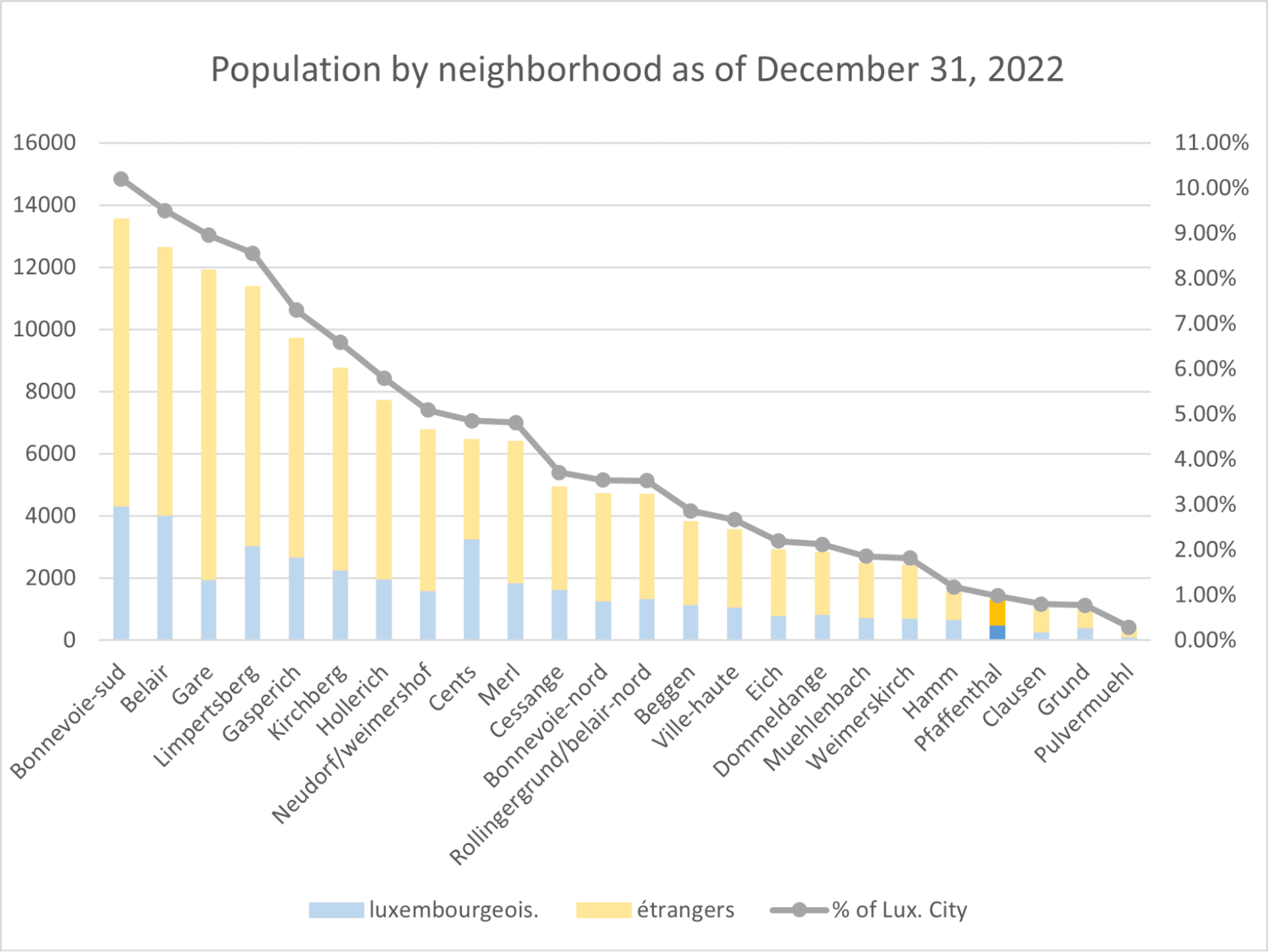
Transport accessibility
Nestled in a prime location, Pfaffenthal enjoys an exceptional level of mobility, boasting a range of transportation options that enhance its connectivity to key destinations.
Here's a closer look at the various modes of transportation available in this privileged neighborhood:






Renting and buying real estate
The area is characterized by relatively affordable purchase prices, averaging at 9,381 euros per square meter, which is significantly lower than the capital's average of 12,243 euros per square meter. This makes Pfaffenthal an appealing choice for potential property buyers who are looking for more budget-friendly options within the city.
For buying the average price is
For renting the average price is
On the other hand, rental prices in Pfaffenthal display a contrasting trend. The average rental cost in this district is approximately 34.75 euros per square meter, surpassing the city's overall average of 30.58 euros per square meter. This suggests that while buying property in Pfaffenthal might be more accessible financially, renting can be slightly costlier compared to other areas in Luxembourg City.
This unique pricing dynamic in Pfaffenthal indicates a balanced appeal for different types of real estate market participants. Property buyers might find the lower purchase prices attractive, offering a more economical entry point into the Luxembourg City real estate market. Meanwhile, renters might be willing to pay a premium for the unique charm and convenience that Pfaffenthal offers, despite the marginally higher rental costs compared to the city average.
Applications, search, and profound advice in our guide to renting

Infrastructure of the neighborhood
A panoramic elevator connects it to the historic upper town, while a funicular links it to the bustling Kirchberg district. Pfaffenthal exudes an undisturbed charm, resembling a timeless village that offers a serene ambiance, a stark contrast to the vibrancy of the Ville-Haute. This locale provides a tranquil setting with a convenient proximity to the city center and the Kirchberg business district.
If you're considering settling down in Luxembourg we invite you to peruse our collection of articles covering various communes and neighborhoods within the city.
Living in Pfaffenthal: advantages and disadvantages
Pfaffenthal unfolds as a timeless, serene enclave, a small village removed from the hustle and bustle of the upper city.
Boasting a tranquil atmosphere, its advantageous location ensures easy access to the city center through a connecting elevator to the old town and to the Kirchberg business district via a convenient funicular.
In recent years, a resurgence has been noted, with professionals such as osteopaths, physiotherapists, and lawyers returning to the area, breathing new life into local scene.
However, despite this revitalization, the commercial and infrastructural offerings remain somewhat limited, lacking supermarkets within the neighborhood and featuring just a single school. Potential residents weigh the tranquility against these limitations when considering Pfaffenthal as their home.
What is there in this quartier of Luxembourg City?
Pfaffenthal's infrastructure, while not expansive, reveals a charming blend of historical richness and contemporary conveniences. Limited in educational and shopping offerings within the neighborhood, Pfaffenthal compensates with its proximity to the bustling city center. Amidst narrow streets steeped in history, residents can enjoy the Sang a Klang blues hall and explore the transformed Muerbelsmillen museum. With soccer fields, playgrounds, and swift access to parks, the neighborhood fosters an active lifestyle.
Pfaffenthal hosts a branch of the Central School of Clausen, situated at 8 Rue Vauban, along with a school center at the same address. However, the neighborhood lacks high schools or higher education institutions; residents typically venture to nearby districts for these educational facilities.
Childcare center for younger kids is available at the same address, hosting Atelier Zeralda.
Nurseries and day centers
Schools in Pfaffenthal
Nestled behind an unassuming facade lies one of Luxembourg's legendary venues, the go-to for jazz and blues enthusiasts, the Sang a Klang Hall. Erected in the early twenties, this 250-seat venue, initially dedicated to theatrical performances, evolved into the Blues Club's headquarters, becoming a prominent blues haven.
Thanks to their efforts, renowned blues artists have graced its stage, making it a pivotal venue for the genre. Additionally, within this neighborhood, you'll find the transformed facilities of the former mustard factory, now home to the Muerbelsmillen museum.
- Sang a Klang: 1 Rue des Trois-Glands, Pafendall Luxembourg, sangaklang.lu
Learn more about Luxembourg's culture and traditions in our special guide.
While Pfaffenthal itself lacks hospitals or clinics, viable healthcare options lie within reach. Approximately 10 minutes by car or 20 minutes via public transport to the south in the Gare district, you'll find Clinique Zitha, a significant facility under Hôpitaux Robert Schuman. Boasting key departments like neurosurgery and rheumatology, it offers comprehensive medical services.
- Address: 20-30 rue d'Anvers, Luxembourg
- Phone: (+352) 2 88 81
- Website: hopitauxschuman.lu
Pfaffenthal offers three distinct children's play areas: one on Rue Alfred Kowalsky, another within the grounds of the Central School of Clausen, accessible to the public outside of school hours, and a third at the youth hostel on Rue du Fort Olisy.
Moreover, although not situated within the neighborhood, residents can swiftly access expansive parks. To the west, the Parc du Pescatore awaits, easily reachable via the panoramic elevator, while to the east, the Parc des Trois Glands beckons, conveniently accessed using the nearby funicular. These green spaces provide residents with opportunities to connect with nature and enjoy recreational activities just a short distance from Pfaffenthal.
- Kowalsky Playground: Rue Alfred Kowalsky, Pfaffenthal
- Vauban Playground: 9 Bd de l'Alzette, Pafendall Luxembourg
- Playground at the youth hostel: Rue du Fort Olisy, Pfaffenthal
Pfaffenthal boasts several soccer fields, including one with an asphalt surface near Odendahl Park, a second field situated to the north in Rue Laurent Ménager, and finally, the field at Gaston Diderich Stadium, also located to the north of the neighborhood.
While Pfaffenthal is not known for its commercial vibrancy, shopping opportunities within the neighborhood are limited, with no supermarkets present.
Residents can easily access a Proxy Delhaize supermarket in Kirchberg to the east, facilitated by the nearby funicular, providing convenient alternatives for their shopping needs.
Historical overview
Pfaffenthal, alongside Grund and Clausen, stands among the city's oldest and most historically significant neighborhoods.
Connection knot
Artisanal center
Developement
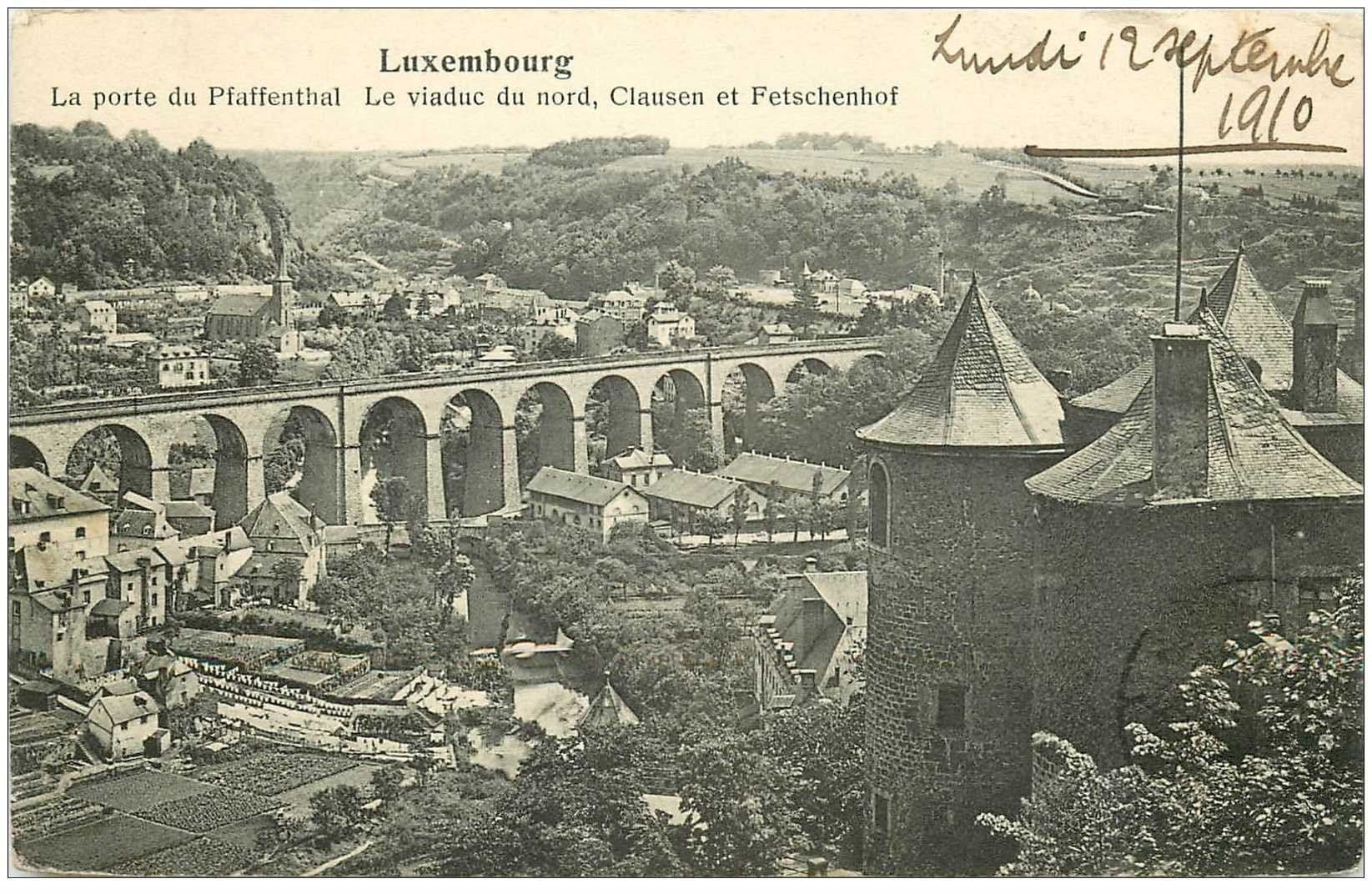
Frequently Asked Questions (FAQ)
How accessible is Pfaffenthal in terms of transportation?
Pfaffenthal boasts excellent transportation accessibility with multiple options. The neighborhood is well-connected by car, tram, bus, bicycle, and even on foot. Elevators and a funicular further link Pfaffenthal to the city center, facilitating quick access to both the historic district and the thriving Kirchberg business area. The presence of a train station, along with convenient bus routes, ensures residents have a range of choices for efficient commuting.
What cultural and recreational amenities does Pfaffenthal offer?
Pfaffenthal harbors cultural gems like the legendary Sang a Klang blues hall, adding a musical touch to its historical fabric. Residents enjoy proximity to museums, including the transformed Muerbelsmillen mustard factory. Parks like Parc du Pescatore and Parc des Trois Glands provide green spaces for relaxation. Soccer fields, playgrounds, and vibrant community events contribute to a lively atmosphere, offering a blend of historical richness and modern recreational opportunities.
What are the pros and cons of living in Pfaffenthal?
Pros include the neighborhood's historical charm, tranquility, and strategic location near the city center. Its affordability, with lower real estate purchase prices, is an attractive feature. However, limited educational facilities and shopping options within the neighborhood might be considered drawbacks, mitigated by the close proximity of these services in the city center. Residents balance these factors, appreciating Pfaffenthal's unique character and accessibility.
Source: fr.wikipedia.org, www.vdl.lu, www.justarrived.lu, www.petitfute.com, sangaklang.lu, citymuseum.lu, www.immotop.lu
We took photos from these sources: Wikimedia (Wikipedia), Fortunapost.com, Ville de Luxembourg, Atelier Zeralda website, citymuseum.lu, Sang a Klang Facebook Page, Spillplaz
